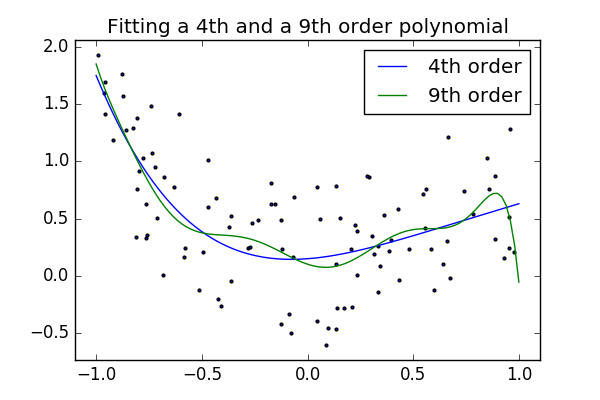

In this work, generalized polynomial chaos using the Wiener-Askey scheme provides a foundation in which Hermite, Legendre, Laguerre, Jacobi, and generalized Laguerre orthogonal polynomials are used for modeling the effect of continuous uncertain variables described by normal, uniform, exponential, β, and γ probability distributions, respectively. Interest, such as mean, variance, and probability. For smooth functions (i.e., analytic, infinitely differentiable) in L 2 (i.e., possessing finite variance), exponential convergence rates can be obtained under order refinement for integrated statistical quantities of One technique for the analysis of aleatory uncertainties using probabilistic methods is the polynomial chaos expansion (PCE) approach to UQ. Conversely, for epistemic uncertainties, data are generally too sparse to support objective probabilistic input descriptions, leading either to subjective probabilistic descriptions (e.g., assumed priors in Bayesian analysis) or nonprobabilistic methods based on interval specifications. Because sufficient data are available for characterizing aleatory uncertainties, probabilistic methods are commonly used for computing response distribution statistics based on input probability distribution specifications. These input uncertainties may be characterized as either aleatory uncertainties, which are irreducible variabilities inherent in nature, or epistemic uncertainties, which are reducible uncertainties resulting from a lack of knowledge. Uncertainty quantification (UQ) is the process of determining the effect of input uncertainties on response metrics of interest. KEYWORDS: stochastic optimization, computational design, polynomial chaos, stochastic collocation, stochastic sensitivity analysis Set of algebraic benchmark test problems, with attention to designįormulation, stochastic expansion type, stochastic sensitivityĪpproach, and numerical integration method. Computational results are presented for a

Sequential, and multifidelity formulations for design under Given thisĬapability for analytic moments and moment sensitivities, bilevel, L ∞ (minima, maxima) interrogation requirements. Requirements, and L 2 (mean, variance, probability) versus These two approaches present trade-offs involving expansionĭimensionality, global versus local validity, collocation point data Uncertain variables and one involving response function and derivativeĮxpansions over only the uncertain variables for each instance of the
The optimal polynomial order sequential testing in r full#
Response function expansion over the full range of both the design and Two approaches for moment design sensitivities, one involving a single Involving moment control (e.g., robust design).

Moments, allowing for efficient design under uncertainty formulations Moments of the expansion and for the design derivatives of these Metric of interest, analytic expressions can be derived for the Once PCE or SC representations have been obtained for a response Point sets derived from tensor product or sparse grids.

SC, on the other hand, forms interpolation functionsįor known coefficients and requires the use of structured collocation Linear regression, tensor-product quadrature, cubature, or Smolyak sparse PCEĮstimates coefficients for known orthogonal polynomial basis functionsīased on a set of response function evaluations, using sampling, Produce functional representations of stochastic variability. Quantification due to their fast convergence properties and ability to Nonintrusive polynomial chaos expansion (PCE) and stochasticĬollocation (SC) methods are attractive techniques for uncertainty


 0 kommentar(er)
0 kommentar(er)
